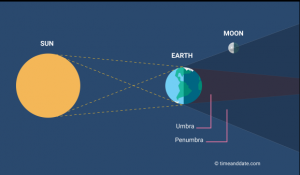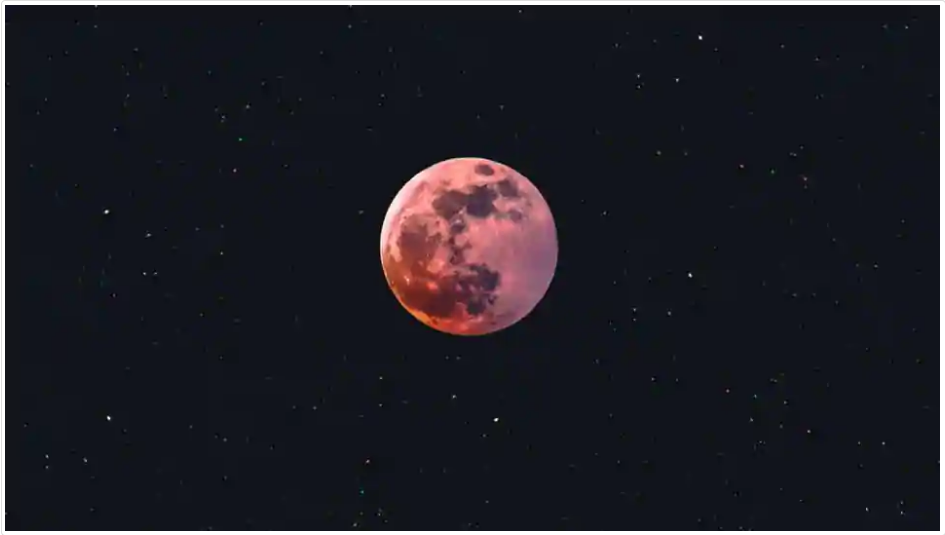On June 5th and 6th, the Strawberry Full Moon will pass through the faint outer shadow of the Earth, known as a penumbral lunar eclipse, the second of four penumbral lunar eclipses this year.
Weather permitting, those of you in Asia, Australia, Europe, Africa and the South Eastern areas of South America might notice the Moon turn slightly darker, or seem less bright, during the maximum phase of the eclipse. A penumbral lunar eclipse can be subtle and sometimes difficult to distinguish from a normal full moon.
While June’s Strawberry Full Moon eclipse may be visible from start to finish from some areas – a total of 3 hours 18 minutes – other areas will only experience the Moon rise or set during the eclipse. Check the time of the Full Moon eclipse in your city or town by clicking here, and set that time aside to watch the event. Unfortunately, for North America and most of South America, this event will be happening below their horizon.
RELATED STORY:

A lunar eclipse occurs when the Earth aligns between the Full Moon and the Sun, blocking the Sun’s rays from reaching the Full Moon.
A total eclipse occurs when Earths umbra – the central, dark part of its shadow – obscures all of the Moon’s surface. During a partial eclipse only a part of the Moon’s surface is obscured by Earth’s umbra. A penumbral lunar eclipse happens when Earth’s faint penumbral, outer shadow falls on the Moon, like the one we already experienced on January 10th and are what the remaining three lunar eclipses will be this year on June 5th, July 5th and November 31st.
RELATED STORY:
RELATED STORY:
The early Indigenous people of North America kept track of the seasons and lunar months by naming them according to events during that time. June’s Full Moon is either the last full moon of spring, or the first of the summer, and is called the “Strawberry Moon”. According to The Old Farmer’s Almanac, the name originated with Algonquin tribes in eastern North America – and was used as a signal to gather the ripening wild strawberries. Colonial Americans adopted some of the indigenous moon names and applied them to their own calendar system – which is still used today.












